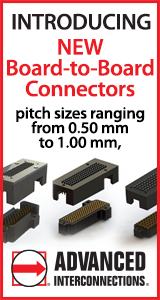Authored By:
Ronald C. Lasky, Ph.D., P.E.
Indium Corporation
NY, USA
Summary
The formation of copper-tin intermetallics is fundamental to a functional solder joint. In creating most solder joints, two pieces of copper, which melt at 1085oC, are bonded together with solder, at less than 230oC. Most of us, with years of experience in electronic assembly, don’t usually think of this technological “miracle” of soldering. We are able to bond two pieces of copper together at a temperature low enough where the bonding can be performed in the presence of polymer material. Without this low-temperature formation of copper-tin intermetallics, the electronic industry might not exist. However, contemporary wisdom is that these intermetallics are brittle and can result in poor thermal cycle or drop shock performance.
This paper will review the formation of copper-tin intermetallics, their growth rate, their effect on thermal cycle life, and drop shock performance. The brittle nature of copper-tin intermetallics will also be discussed. In addition, several graphs of intermetallic growth rate will be presented. Some of the additional ancillary effects of copper-tin intermetallic growth, such as tin whiskers, will also be discussed.
Conclusions
Intermetallics are a miracle of soldering, enabling the bonding of copper to copper at less than 250oC in the presence of polymeric insulators. Without this feature of copper-tin intermetallics, the electronics industry as we know it would not exist.
Intermetallics form immediately during the soldering process, typically at a thickness of one to two micrometers. The intermetallics increase in thickness very slowly over time at temperatures below 100oC. However, intermetallic thickness increases vary rapidly at temperatures above the melting point of solder. Therefore, multiple solder reworks can dramatically increase intermetallic thickness. Most studies show that increasing intermetallic thickness reduces thermal cycle life, but dramatically reduces drop shock life. Considering this information, it is best to minimize the number of reworks and the times of rework soldering.
Initially Published in the SMTA Proceedings
|



